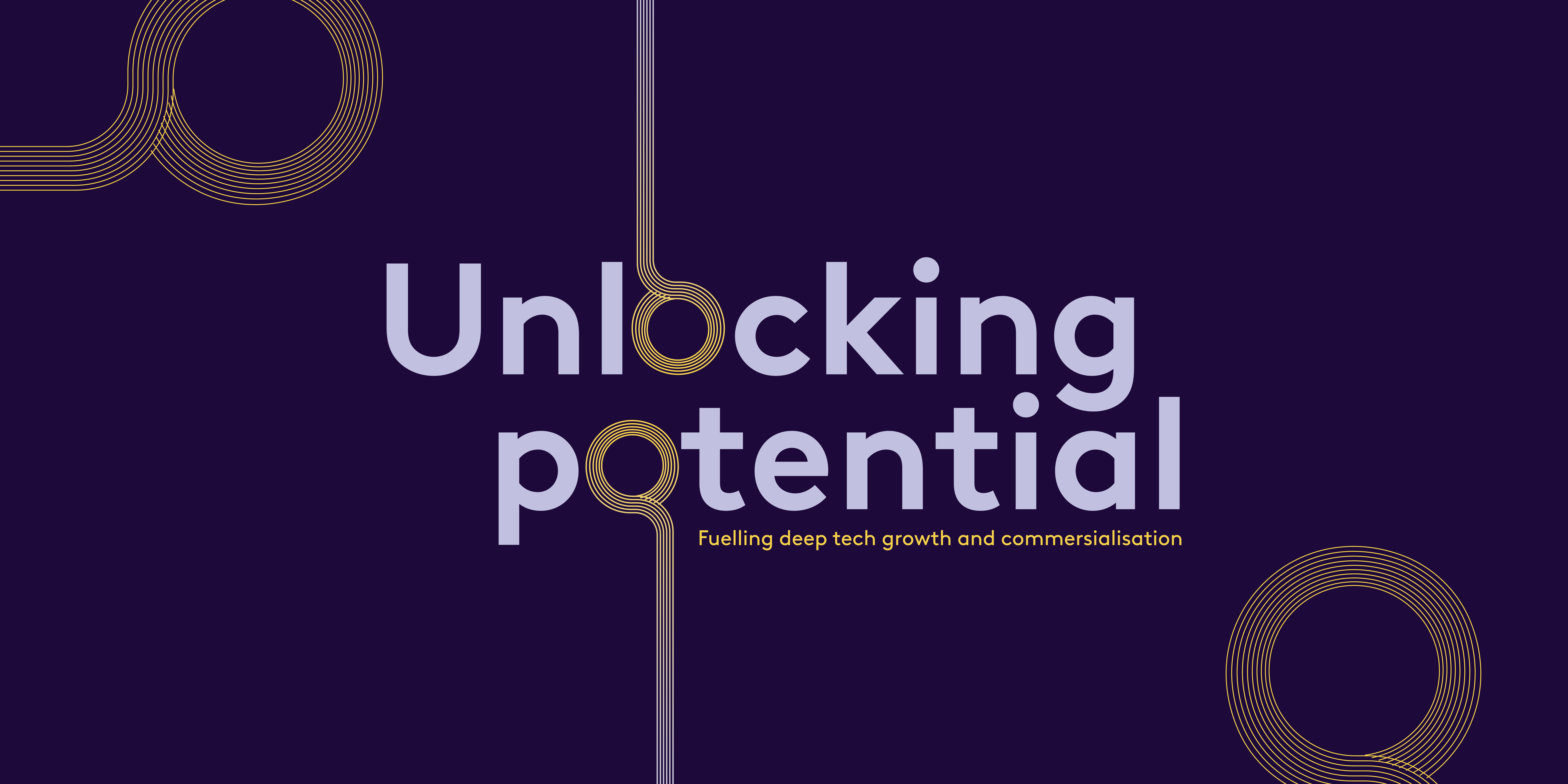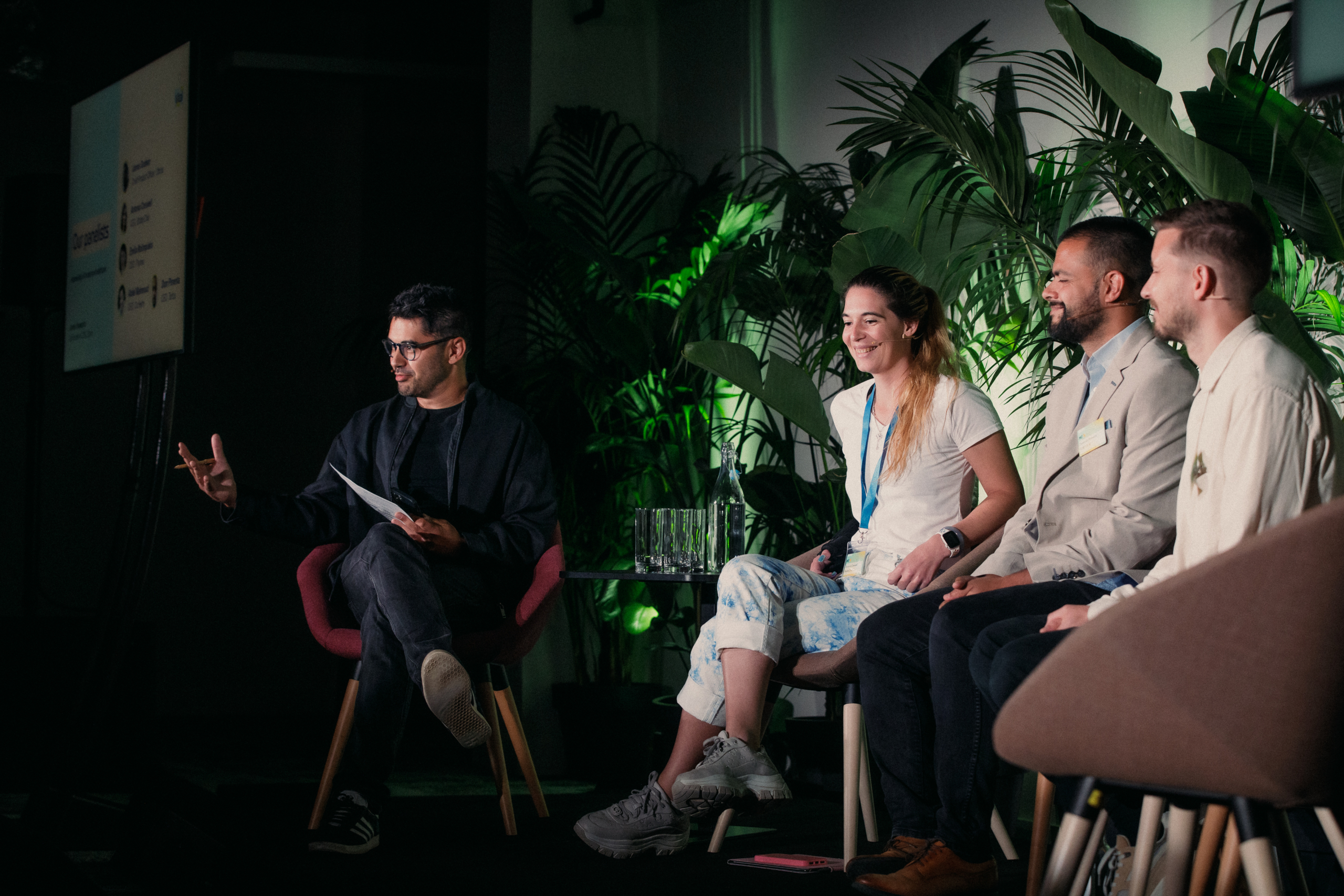From the other side: a founder-turned-VC’s advice
Akriti Dokania built a B2B software startup in India. Now that she’s a VC at Octopus she can pass on her perspective to all founders out there, curious to know the VC point of view.
A quick story. Four years ago, I was a founder of a B2B software company that sold accounting software to small and medium sized retail businesses in India. We were building the Xero/Quickbooks for India. When we went out to raise, of the 10+ VCs we met, only three showed any interest. The same team had presented the same pitch with the same vision and the same metrics. The VCs were all focused on B2B SaaS-based companies in India. So why did such a small minority respond? The short answer? The VC mindset.
Now that I am on this side of the bridge, I can set out what that mindset is. For founders, my message would be: don’t take rejection too personally. Yes, you can learn from experience, but seeing the world from the VC perspective – as I’m about to lay out – could help you focus on the positive match, rather than the negative brush-offs.
A feeling
I have been an investor for nearly two years now. I’ve sat in on over 600 pitches, met about 800 founders and been to around 50 pitch competitions. I have met technical founders, passionate founders, arrogant founders and a few geniuses along the way. The one thing I have always left the room aware of is how that founder or team made me feel. I’ll explain…
A dating game
Like dating, you don’t end up with the first person you meet. There’s no Tinder for the founder/VC partnership. But like dating, it’s helpful not to read too much into rejection. If a pattern forms, maybe there’s something you can do about it – bad hair can be fixed after all – but authentic passion cannot be faked. Every VC will have their particular thesis. The shape and make-up of their portfolio could be as influential on their decision as your performance.
3 Big Tips
1. Know yourself (build things & sell things)
The simple credibility of knowing your product inside out leaves a big impression. I don’t think that it’s necessary for a single founder to have the ability to build AND sell products, but if co-founders can demonstrate they’re learning off each other, then that’s a huge plus. Don’t over embellish your story – investors will see through it – but do show your product expertise up front. Do you, for example, possess a unique advantage in your technology or business model, in your network or your insight into the market that no one else has? The pace of your execution is another thing not to be shy about. A co-founder of our portfolio company Slamcore, Professor Andrew Davison, is one of the world’s leading authorities in his company’s field (Spatial AI systems). You may not have the global expert on your team, but you can ask yourself, “why not?” and perhaps begin to engage with them.
During my time as a founder, my co-founder was the CTO and I took care of product vision and the selling bit. I had to learn the art of storytelling. It took a while before I realised I should stop selling my product’s features and start talking about the customer’s problem that my product solved. The art is to simplify and communicate the ROI for the customer: how does your solution/company/product really impact the customer’s business?
These are some of the questions I ask founders or teams to probe them on this:
- How much of the product is actually built?
- What is the unique advantage that your product has instead of the competitors’?
- Who are the early customers and what are they saying about the product – what’s your NPS?
- What is the go-to-market approach and how long does it take for you to convince a customer to adopt your product?
- What metrics or KPIs do you use to track the usage across the product?
2. Be Vision-led
A clear vision brings people into the journey of building a product – especially in the early days. We always see the second and third hires of a company because they probably bought into the vision and the founding team and nothing else. Who, and how, they are speaks volumes. A vision-led founder is passionate and looking to a critical problem that really bothers them. Tania Boler, co-founder of Elvie, had always been interested in women’s health, but it wasn’t until she fell pregnant and learned about the importance of pelvic floor strength that she realised there was both a significant health risk that many women were unaware of, and a gap in the female technology market with the potential to improve lives. Elvie’s high tech pelvic floor trainer was the result. In my experience, if the founder has herself gone through the pain the customer is facing, they seem to be even more driven and committed to their cause.
Some questions I ask to understand the founding team’s vision:
- What risks do you see coming up in the market?
- How widespread is the pain point?
- Where are the case studies and conversations with real customers to validate that vision?
- Is the founder part or full time?
(A pet peev of mine, that last one. If you haven’t been able to sell the company’s vision to yourself why should anyone else, including a VC, buy into it?)
3. Culture, culture, culture
Everyone in the tech community talks about the culture of the company. Google’s free lunches, ping pong tables and nap rooms are legendary. Culture is defined from day one and it epitomises and extends from the founder’s own character. Facebook’s hacker culture, for example, emanates from Mark Zuckerberg. Amazon is known to be imaginatively frugal and that comes from Jeff Bezos, who famously used old doors as desks. Unmade, a company we’ve invested in that is aiming to change the face of mass production and consumption in the fashion industry, publishes a regular newsletter, the Unindependent and runs internal fitness clubs, called Uncycle and Unfit.
So how do you define your culture? Taking a step back and thinking how you want your company to look in two, five and ten years time is a start. What do you want people outside to say about you? We hear founders talk about the product, traction and see the logos of all the customers they’re servicing. This is fine, but honestly, we want to hear about the team and yourself: why you are the right people to build the company. In doing so, you’ll be communicating your culture.
Questions we ask to understand how founders think about culture:
- What do you think about employee options?
- How do you think about diversity?
- Who are the key hires still required?
- How will you attract them?
- Who do you want to surround yourself with?
- Who is on your board?
Red Flags – 3 examples
A joke here in the UK is that VC-startup relationships last longer than most marriages. So what red flags do we look out for within a founding team?.
1. The un-coachable
This is about listening. There was a company we were strongly considering last year. Our due diligence showed the founding team to be undoubted domain experts; they were extremely technical and able to weave a beautiful story; the vision was strong, as were the customer references – they definitely had our interest. And yet, we said no. Why? Because one of the co-founders never listened. They would cut through questions, and always had an answer. No founder knows everything. Every Mark Zuckerberg needs a Sheryl Sandberg who takes the company to new heights. Founder’s without the wisdom to ‘not-know’ and the humility to be always learning (i.e. coachable), are not safe investments for us in the long term.
2. I vs We
My first job out of college was working with a large team of 90 then moving onto working and leading a team of six and then running a company of my own of eight people. Everything we delivered came out of a team effort. Recently we spoke with a company with two founders. The first – ‘Founder A’ – we spoke with on the phone. Here was a true visionary, with stunning credentials and the ability to have attracted some excellent hires.
We went to the offices to meet the other co-founder – ‘Founder B’. Founder B talked at length about the sales plan, the customers and – crucially – their own personal perspective on the company, their personal vision. They even described their co-founder’s vision as ‘ludicrous’. The word ‘I’ was notable by its constant use. ‘We’ hardly came into it. We didn’t invest.
3. Knowing – or not knowing – your customer
We meet a lot of founders who have built excellent technology, based on years of research. But surprisingly often, the end-user is forgotten. We generally like a ‘pull market product’ rather than a ‘push market product’. That simply means a product that’s built around solving a customer’s problem (Octopus Venture partner, Philip Lay, writes a lot about this). We see a lot of technologies looking for a market, rather than created out of a problem that needs solving. The more you know about your customer – and the issue you’re going to solve for them – the better. What’s their pressure point? How much will they pay? What would they have you replace from their workflow? Will you be able to change the way they work? These are the questions you need to know the answers to.
A final word
Like dating, it is unlikely you will end up with the first VC you meet. The perfect pitch takes practise and it can take a few goes to understand who you fit in with. We assess you at every level, be it during our first meeting over coffee or during due diligence when we visit your offices and ask the tough questions on compensation or how you see your management board growing. Of course, the power of choice is yours, but following the steps laid out above will really strengthen your options.














